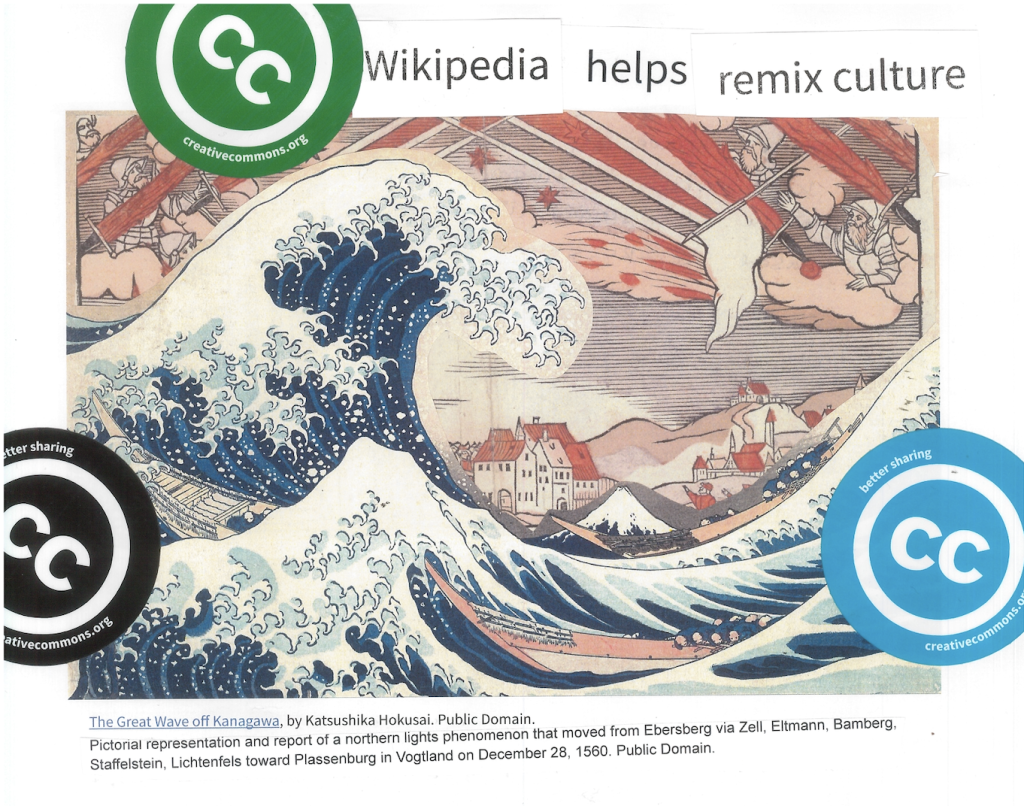1. “No copyright infringement intended”
As a Charles Sturt student or employee, you may be asked to create a video, presentation, website or blog. These projects contain multiple types of media (images, audio, animations and video content). If you want to reuse someone else’s creative work how can you do this ethically?
Technology makes it increasingly easy to obtain and manipulate content — to create mashups, remixes and memes — how can you be sure you are respecting other people’s rights as creators? In most cases a “No copyright infringement intended” disclaimer is not the answer.

 A controversial case
A controversial case
The “HOPE” poster, designed by artist Shepard Fairey during Barack Obama’s 2008 presidential campaign, became iconic but also controversial when it was revealed that the image was based on an Associated Press (AP) photograph. Fairey’s poster is an example of remix culture; the controversy arose from questions around whether Fairey’s use of the photo constituted copyright infringement. To learn more, read: The AP/Shepherd Fairey Dispute
Algorithms can identify online copyright infringement
The major online platforms now use algorithmic means to identify works which potentially infringe copyright. A well-known example of this is YouTube’s Content ID, which can automatically scan images, audio or video content uploaded onto the platform, and then notify copyright owners. Copyright owners can ask the platform to take down your content if it infringes their intellectual property rights.
 YouTube Content ID (YouTube, 3m9s)
YouTube Content ID (YouTube, 3m9s)
Reusing content? What you should check first
Before you reuse someone else’s image, video or audio you should consider the:
- copyright status of the item and whether any exemptions for use exist
- licence conditions (if relevant)
- moral rights of creators.
Failing to consider these factors can negatively impact your project. For instance, if the project is for a university assignment, infringing copyright or failing to appropriately credit a source could mean you receive a lower mark or inadvertently commit plagiarism (plagiarism is a form of academic misconduct). In the workplace, the same behaviour could open you or your employer up to legal liability. A less severe consequence could be that your project receives a copyright take-down notice.
 Read The Washington Post’s ‘Remix’ or plagiarism? Artists battle over a Chicago mural of Michelle Obama. Think about how you would feel if your creative work was copied without your permission.
Read The Washington Post’s ‘Remix’ or plagiarism? Artists battle over a Chicago mural of Michelle Obama. Think about how you would feel if your creative work was copied without your permission.

